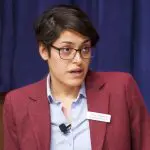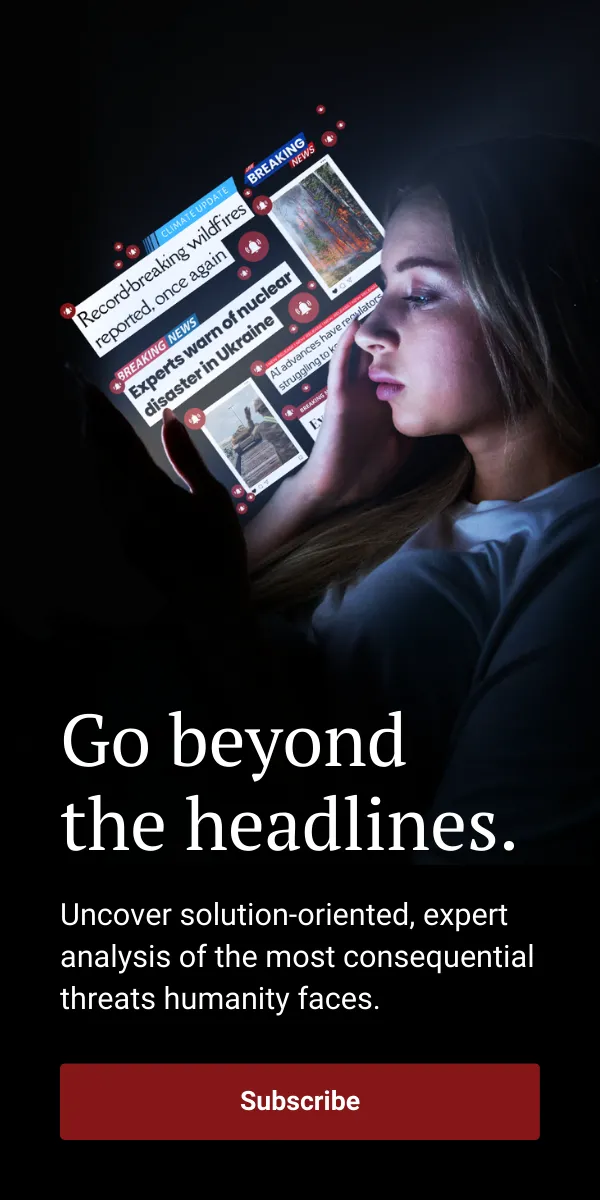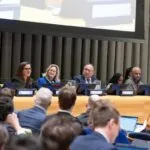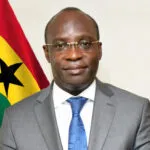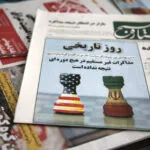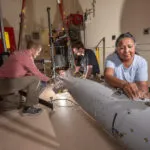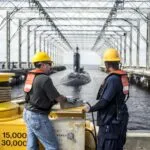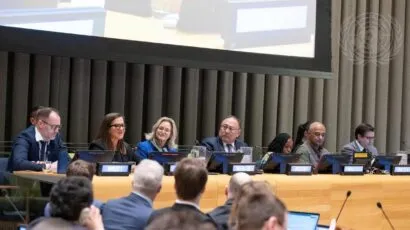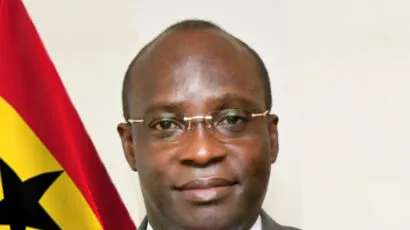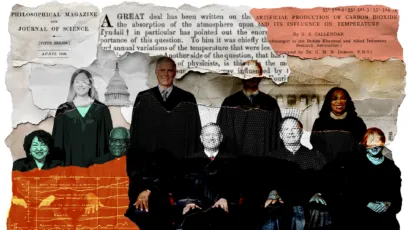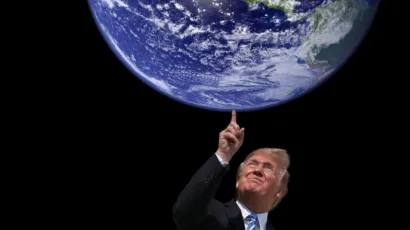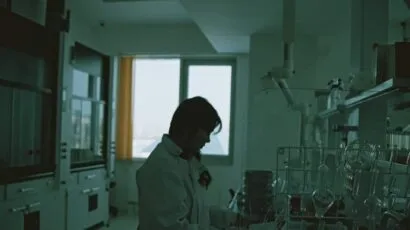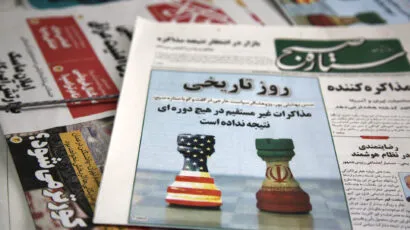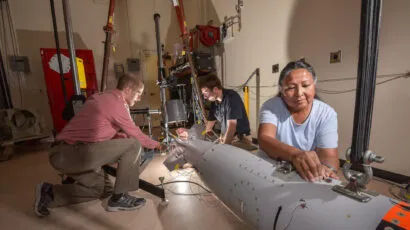Hands across the lab: Will the US and Iran cooperate on science?
By Ariane Tabatabai | October 17, 2016
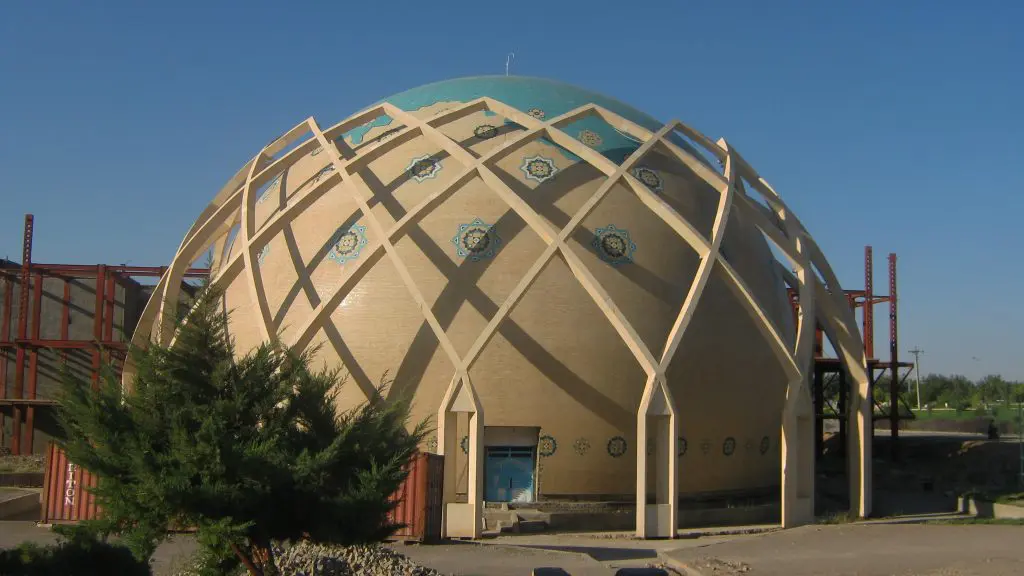
Since Iran and six world powers struck a deal on Tehran’s nuclear program more than a year ago, a number of interactions between the Islamic Republic and the United States have made headlines. They include prisoner exchanges, allegations that Washington paid a “ransom” to Tehran, expressions of mutual suspicion by politicians, and tense encounters between Iran’s Revolutionary Guard Corps and the US Navy in the Persian Gulf. What has received less attention is the prospect of scientific and technological exchange between Tehran and Washington.
Iran’s Supreme Leader Ayatollah Khamenei expresses his distrust of the United States often and loudly. As a result, some Western observers take it for granted that he won’t allow his country to work with Washington, despite a number of events suggesting otherwise. Besides reaching the nuclear agreement itself, which curbs Iran’s nuclear program in exchange for sanctions relief, Tehran and Washington have in recent years worked together in Afghanistan to fight the Taliban, and in Iraq to push back the Islamic State.
Some would argue that this is the maximum extent the cooperative relationship can reach, and that Khamenei wouldn’t agree to anything further. In fact, though, Khamenei’s standard position is that he will allow talks and exchanges on specific issues. He continuously warns that his country should strive to be self-reliant, but has also said he will permit ad hoc cooperation when it is in the national interest. While he has toughened his anti-America position since the deal was reached due to what he describes as Washington’s failure to hold up its end of the bargain, there is reason to believe that his country is still open to working with its adversary in a number of areas.
The moderate government of President Hassan Rouhani, meanwhile, is eager to see more collaboration with the West and in particular the United States, especially in areas related to science and technology. Rouhani’s vice president for science and technology, Sorena Sattari, visited New York with the Iranian delegation to the UN General Assembly last month, and has laid out a plan to improve Iran’s standing when it comes to these two areas. The plan includes privatizing Iran’s research institutions, more academic openness, and increasing collaboration with foreign institutions to develop some of Iran’s key endeavors, like its space program.
He has the country’s citizens on his side. Science and technology are popular and not politicized in Iran, and the country is home to a vibrant civil society with an entrepreneurial spirit. Unlike in the social sciences, where the regime has taken the country backward, science and tech are doing fairly well in Iran. Tehran’s Sharif University continues to be viewed as a prestigious institution and its graduates enter top US universities. Nationally, the student body in science and technology is steadily increasing.
Meanwhile, to keep up with the modern lifestyle they crave, and blocked by sanctions from using many foreign websites and businesses, Iran’s young entrepreneurs have created their own versions of major sites and apps, including companies that mimic the activities of Amazon, Uber, and AirBnB. Iran even has its own version of Silicon Valley, Pardis Park just outside of Tehran, home to hundreds of technology firms, including many startups. Today, Iranian scientists and students are looking forward to the nuclear deal opening doors for cooperation with the outside world. But the road is still bumpy.
The nuclear nexus. The nuclear agreement, which was signed in July 2015 and entered implementation in January, promised to pave the way for some level of international scientific and technological cooperation, which indeed was one of the things that allowed the Iranian negotiators to sell it at home. Iran’s approximately 15,000 nuclear scientists and engineers may be looking forward to international collaboration more than anyone. With Iran curbing its nuclear program, officials are concerned that some scientists and engineers will lose their jobs and resent the government for it. To counterbalance this, Rouhani’s team is eager to create new opportunities. Moreover, Iran’s scientists and technologists have been hoping for an opening that will allow them to engage with their counterparts in other countries to learn and discover new things.
Last year’s historic agreement didn’t just seek to limit Iran’s sensitive nuclear activities, but also to bring the country close to global standards on nuclear safety and security. To that end, the European Union is working with Tehran, and Washington, which sees safety and security as vital, is also involved. The cooperation includes annual high-level meetings and covers a range of areas, such as radiation protection, emergency preparedness and response, and management of waste and radioactive materials.
Iranian health care appears to already be benefiting from post-nuclear-deal cooperation. One of Iran’s goals for its nuclear program is to be able to produce stable isotopes, which are used in radiotherapy and radiography as well as non-medical applications. The country already relies on its nuclear sector to provide the technetium-99 used to detect some cancers, and has plans to further expand its nuclear medicine program. In the next few years, Iran hopes to open a nuclear hospital in Tehran. These efforts will be aided by one of the requirements of the nuclear deal, which is for Iran to convert the controversial Fordow uranium enrichment plant into a research and development facility. Most of the centrifuges there have been dismantled as part of the deal, and those still left are now being used to produce stable isotopes. (The facility is still undergoing modification.) The United States is expected to help there, too, even if Fordow continues to make headlines for other reasons: In August, Tehran deployed the Russian-made S-300 missile defense system around the facility.
US Energy Secretary Ernest Moniz, who was a key part of the nuclear negotiations, raised the idea of installing a particle accelerator at Fordow, something Iran’s own scientists have been working on and which could have a number of uses, including for research, isotope production, and industry. The Physics Society of Iran, an organization of academics, is hoping to benefit from the facility being repurposed by gaining access to it for research.
But so far, the most important area of international cooperation on Iran’s nuclear program is the modernization of the Arak Heavy Water Reactor, which is supposed to replace the aging Tehran Research Reactor. The overhauled Arak is intended to produce isotopes for medical and industrial uses, provide a venue for research, and also serve as a fuel-testing facility, including for the Bushehr Nuclear Power Plant. Washington isn’t taking the lead on Arak, leaving that to Beijing, but American experts have been involved in discussions on how to conduct the modernization.
If Iran hasn’t seen as much direct nuclear cooperation with the United States as it might have liked, it is at least beginning to see the fruits of collaboration with other countries as the result of the deal, and some limited US participation. For example, the agreement paved the way for cooperation with countries not directly involved in the nuclear talks, like South Korea. As Tehran looks to diversify its suppliers, and end the quasi-Russian monopoly in its nuclear sector, South Korea may be an attractive alternative, but US approval will be key to any collaboration.
Could will lead to way? Scientific and technological exchanges between Iran and the outside world, beyond those explicitly permitted by the nuclear agreement, have not picked up as much as Iranians might have liked. Scientists in the United States and elsewhere are wary of working with Iranian scientists for fear of feeding into dual-use programs and working with sanctioned entities. Before the nuclear deal, and even during the tenure of hardline former President Mahmoud Ahmadinejad, the two countries had some level of scientific exchange, in particular in gastroenterology and the prevention of food-borne illnesses, neuroscience research, noncommunicable diseases, and bioethics. But Iran’s scientific and technological community became largely isolated due to US and international pressure not to work with the country.
The will is there in the US scientific community. American experts and scientists, including at the National Academies, have encouraged a return to greater scientific exchange and collaboration. They argue that this will allow for the United States and Iran to build trust and find a way to work together on other matters too. Science diplomacy has a proven track record in building bridges and helping pave the way for cooperation on broader issues. At the height of the Cold War, the United States and the Soviet Union had a number of programs facilitating collaboration and exchange between the two countries’ scientific and technical communities. This proved to be vital in making sure nuclear weapons and materials didn’t fall into the wrong hands with the collapse of the Soviet Union.
A new round of post-nuclear-deal US-Iranian scientific cooperation has yet to occur, but the European Union has started to expand its areas of partnership with Iran. The European Union and Iran are now working together on an official level in a number of areas, including on the environment, which Tehran sees as a key strategic issue, as well as on water security, food security, and even nuclear medicine. Earlier this year, the European Union started sending university students to Iran under its longstanding academic exchange program, Erasmus. In the past, some EU students did visit and study in Iran, but since the nuclear deal, a number of new and more formal opportunities have been offered to students on both sides.
US universities have tried to re-establish a similar program with Iran. Before the 1979 Islamic Revolution, the United States and Iran had deep academic ties and thousands of Iranians studied in US institutions. Today, Persian is a critical language in the United States, meaning that it is in demand—especially in fields involving the Middle East or international relations—but that few have proficiency in it. Most US students interested in Persian, though, are limited to studying in Tajikistan. Many would like to visit and study in Iran, but very few have the opportunity to do so. In addition to Iran’s restrictions on US citizens—which are much more strict than those imposed on most other nationalities; even EU and Canadian nationals can go to Iran with no requirements beyond a standard visa—any American who works for the US military or government, or who aspires to a future security clearance, is prevented by US policy from visiting the country.
Reaching for the stars. Despite the obstacles—including Iranian hardliners who want to prevent Rouhani from being able to show tangible results from the nuclear deal—Tehran has made it clear that it wants to work with the United States on a number of fronts. Recently the head of Iran’s space program, Mohsen Bahrami, expressed his agency’s interest in cooperating with NASA. This is unlikely to happen anytime soon: Tehran’s space program is not independent from the Revolutionary Guards, the Iranian paramilitary group that is still under US sanctions for supporting terrorist groups in the Middle East. The Iranian space program is also controversial in the West because of the dual-use potential of some of its components, including rockets. Nevertheless, Bahrami has been reaching out to foreign entities, including the space agencies of European countries, Russia, China, and Japan to collaborate on a technical level.
Iran’s space program picked up during the 1980s, and has become even more active in recent years. The country worked on a satellite program and has sent dummy satellites and monkeys to space. Tehran’s space program has multiple goals, among them to use satellites to help monitor earthquakes and other natural disasters. Tehran also has an ambitious plan to build a national observatory near the central city of Kashan, which would allow a country with a long history in astronomy to become a contender in it once again. So far, Tehran hasn’t been able to get the US Treasury Department to provide the license required by foreign entities to help transfer funds for the observatory. These licenses are needed to ensure that financial institutions can process payments and transfer funds for the project without being at risk of US sanctions. And to be sure, Iran’s goals for its space program are not purely scientific. Tehran also plans to use it for dual-use purposes like developing surveillance satellites, as well as military applications like deploying counterspace efforts, which disrupt the use of space by adversaries in the event of a conflict.
Rouhani, who faces a general election in seven months, will help himself if he is able to sell the deal as the key that opened the door to more cooperation with the West. However, he isn’t the only one who would benefit from more scientific and technological exchange. Members of Iran’s dynamic civil society, youth and women in particular, are constantly seeking new opportunities, and the nuclear deal removed a major obstacle in their way. The United States and broader international community also stand to gain from increased exchange and interaction with Iran, which has much to offer in a variety of fields. Despite decades of sanctions, and in some cases actually because of them, the country has made considerable progress in science and high tech. Bringing Iranian students, scientists, and technical experts into the fold will allow the United States and international community to draw on their resourcefulness, resilience, and expertise and pave the way for more breakthroughs. Cooperation can also build a trust that expands into other areas, including key security challenges, as it did for Washington and Moscow during the Cold War.
Together, we make the world safer.
The Bulletin elevates expert voices above the noise. But as an independent nonprofit organization, our operations depend on the support of readers like you. Help us continue to deliver quality journalism that holds leaders accountable. Your support of our work at any level is important. In return, we promise our coverage will be understandable, influential, vigilant, solution-oriented, and fair-minded. Together we can make a difference.
